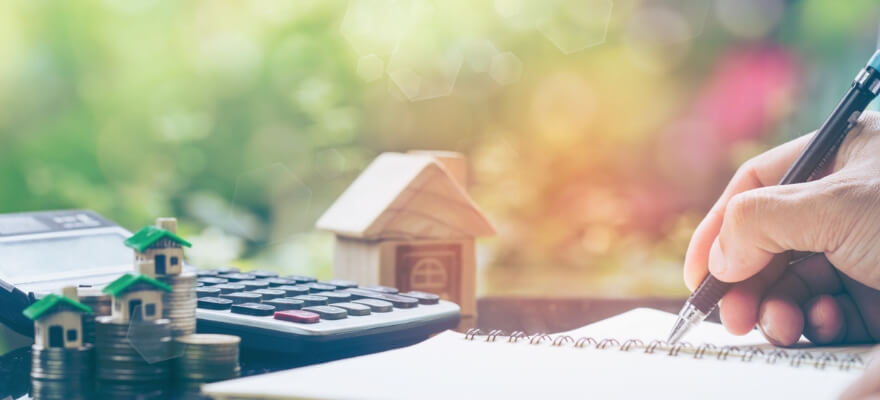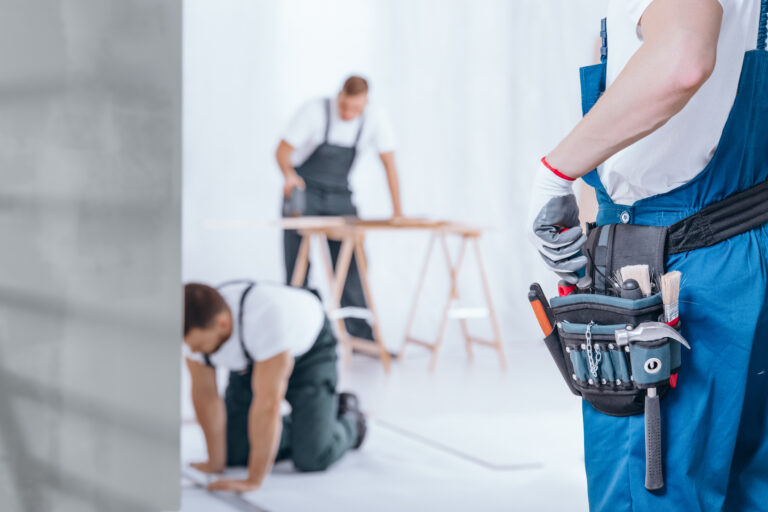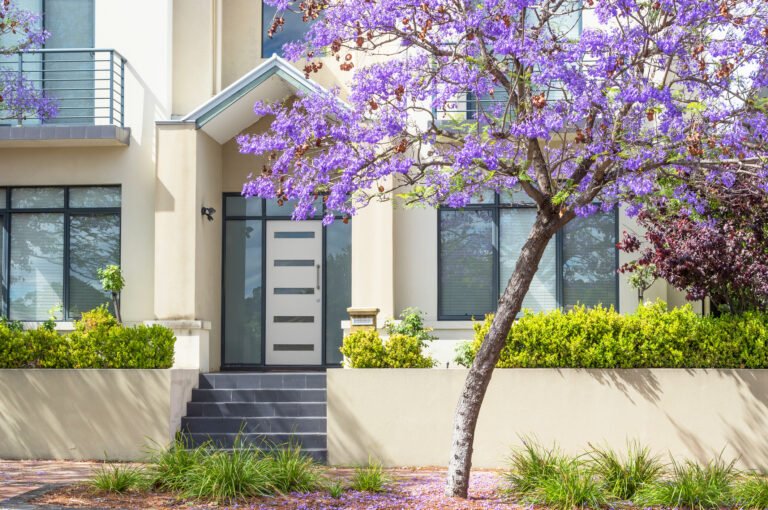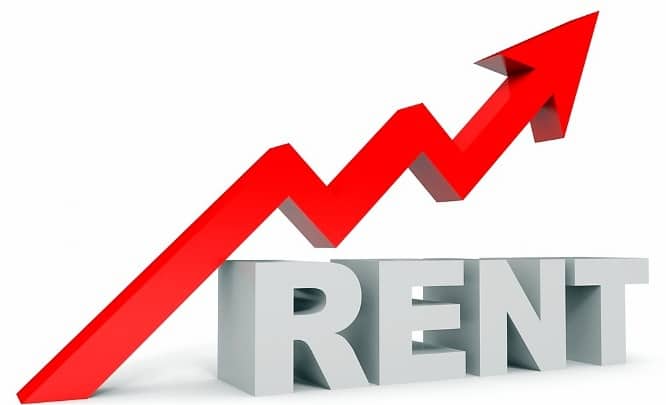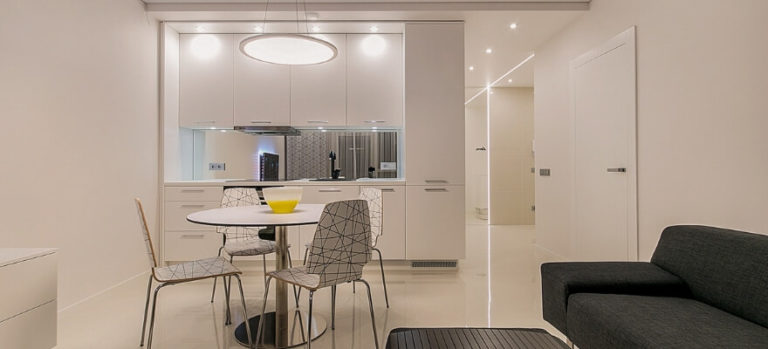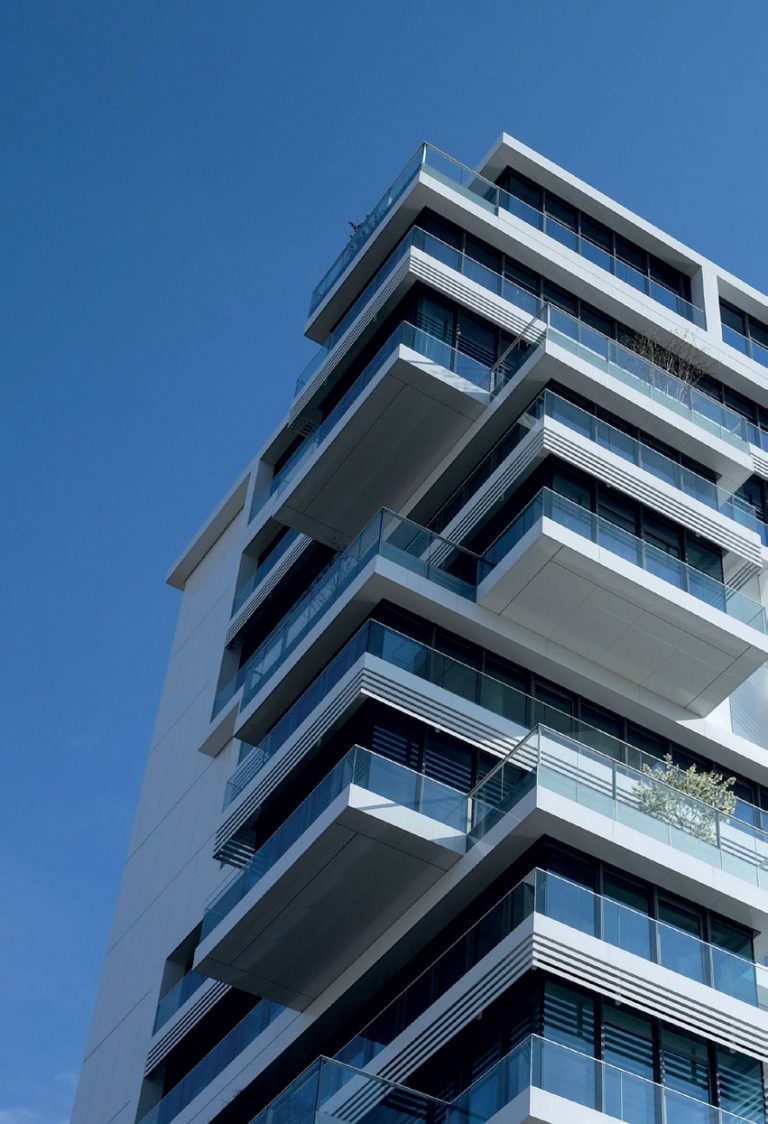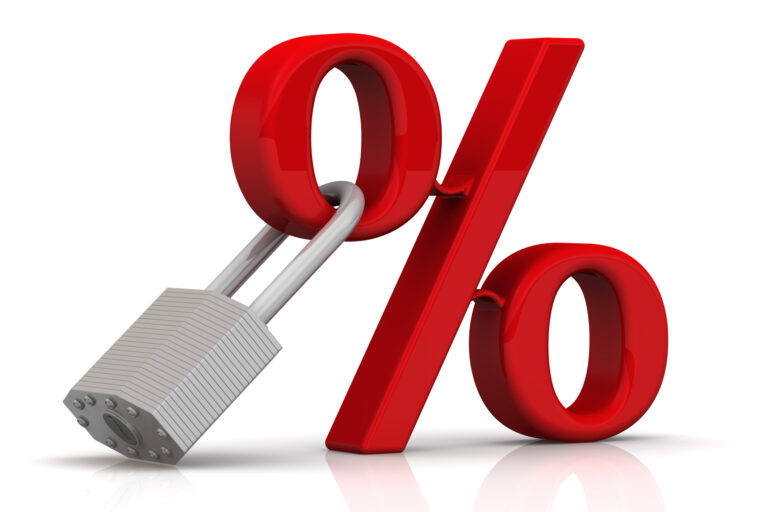Calculating your potential capital growth – or in other words, the return on your investment property – is an essential step when looking to become a property investor. Like any other investment type, such as shares, you wouldn’t invest your money without knowing what the return will be. Property should be no different to any other type of investment; you should know what you’re are getting out of the deal.
Here are 8 steps on how to calculate your property’s capital growth.
1. The Amount You are Depositing Upfront
Firstly, you need to calculate the exact amount you are putting into the investment. Not just your deposit, you also need to look at all other expenses that occur with the property purchase, such as: bank fees, solicitor fees, stamp duty, etc. The total sum of the upfront fees is important, because you need to know what the return is that you are getting on the money you put in.
Example: We will be investing a total of $30,000 to purchase a $250,000 property within Australia.
2. Expected Investment Income
In order to calculate your expected investment income, you simply need to assess how much rent you expect to collect from the property each week. Vacancies will be calculated in expenses, so no need to worry about this just yet. Now, multiply your expected weekly income by 52 and you will have your expected investment income total figure.
Example: Our property will rent for $350/week, which means our yearly investment income would be $18,200 ($350 x 52).
3. Expected Expenses
Annual expenses on the property must also be calculated. You need to include absolutely everything that you will need to pay money for. Here is a list of potential expenses to consider, but make sure you take into account any other expenses relevant to you and your property.
- Management Fees
- Mortgage Repayments
- Vacancies
- Council Rates
- Utilities
- Maintenance
- Land Tax
- Gardening
- Insurance
- Legal Fees
- Body Corporate Fees
- Accountant Fees
- All Other Expenses
Example: The total amount of expenses for our property is $15,500.
4. Cash Flow – Expenses = Surplus
In order to calculate your surplus, you need to take your total expected investment income and minus the total sum of all of your expenses.
Example: Our property earns $350/week. We need to take our expected income of $18,200 and subtract our expected expenses of $15,500 ($18,200 – $15,500 = $2,700). Our calculated surplus amount is $2,700.
5. Excess Cash/Your Investment Capital = Cash on Return
In order to calculate your cash on return, you need to take your total surplus amount (step 4) and divide it by the total amount of money you initially invested into the property (step 1).
Example: Our total surplus amount was $2,700, so we need to divide that by our total initial investment of $30,000 ($2,700/$30,000 = 9% Cash on Return). This means, we are receiving 9% return on our money invested.
We now know that this is a much better outcome than if we invest into a bank, but we need to take into account our capital gains figures to get a more accurate expectation.
6. Expected Capital Gain Growth
Capital gains can be tricky to predict, this is because they are largely driven by market sentiment (which we all know can be unpredictable). All you need to do is speak with an Australian Property Investment professional who can give you the average capital gains growth of the area over the last 5 years. You can then use this figure, or you can simply estimate what you are expecting.
Example: Our $250,000 property has an expected 5% capital gain growth. This means, our growth in the first year will be $12,500 ($250,000 x 0.05).
It is important to note that your total capital gain growth amount will change each year as the property value changes. In year two of our property investment, our property is now worth $262,500 ($250,000 + $12,500). If we get the same growth of 5%, our property growth this second year will go up in value to $13,125 ($262,500 x 0.05). The same is true of rental changes.
7. Capital Gains Growth + Surplus
Your calculated dollar amount of capital gains growth (step 6) needs to be added to your cash flow surplus (step 4).
Example: Our capital gains growth total amount was $12,500 and our surplus was calculated at $2,700. These two figures added together equal $15,200 ($12,500 + $2,700).
8. Find Your Return on Investment
Finally, all you need to do is take the calculated total from step 7 and divide it by the initial capital investment that you calculated in step 1.
Example: Our step 7 total was $15,200. We need to divide this total by our initial investment of $30,000, which gives us a total return of 50.67%! ($15,200/$30,000 x 100 = $50.67%)
It is important to remember that no tax has been calculated in this return on investment total. When you sell the property, you will have to pay tax on your growth as well as your annual cash flow surplus. This also doesn’t include depreciation and taxation benefits, which can increase the annual surplus and thus increase your tax amount when selling.
Overall, your return on investment is considerably higher than many other types of investment returns! Now, before having invested anything, you have a clear calculation on what the potential outcome is of your property investment.
